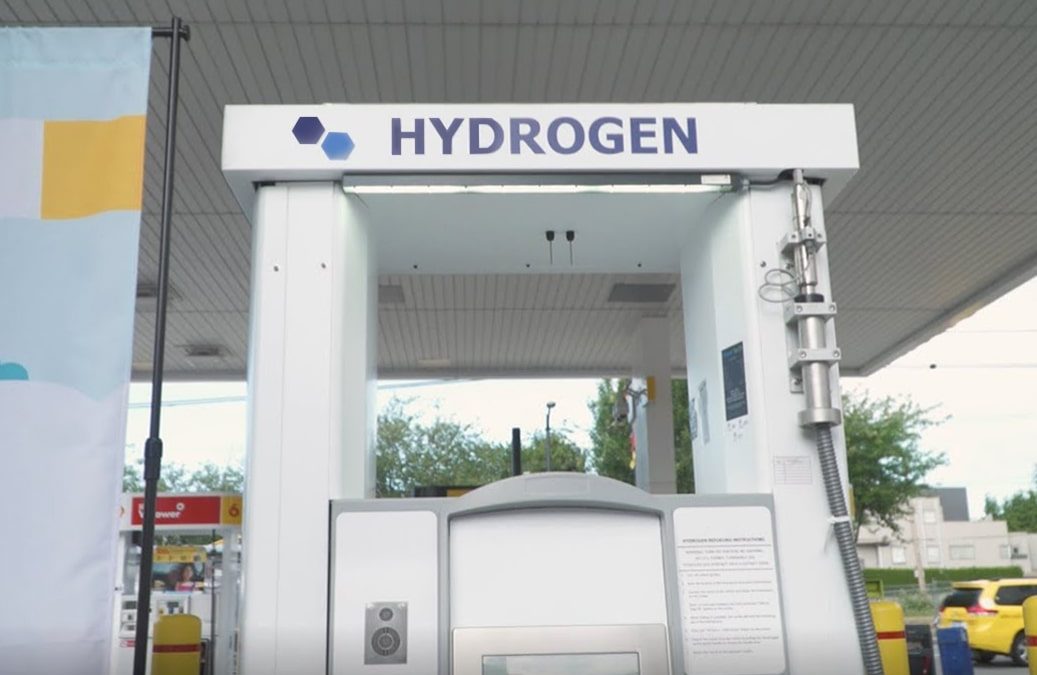Every year, hydrogen cars get closer to becoming a common sight and reality both for cargo and people transportation. In such a context, the proliferation of hydrogen stations is both a result and a necessity for this process to unfold.
While the automotive sector works to develop new sustainable transportation alternatives to fossil fuels, the issue of generating a network of hydrogen refueling systems becomes more and more urgent. We take a look at the current state of hydrogen fueling stations and the recent European legislations addressing this topic.
Why hydrogen? Its utilities
Hydrogen has become a common element across a number of industries, as it’s used to
enable a number of processes:
- It helps preventing intermittent energy supply from renewable sources, as it’s able to help storing energy
- It’s used as rocket fuel for combustion in the space industry, including nuclear-powered rockets
- Hydrogen is a decarbonized alternative for domestic heating
- This element also plays a vital role in several industries, including the metallurgical industry
- As a raw material, it’s used in the manufacture of plastics such as polyethylene and polypropylene.
In the automotive industry, it’s increasingly regarded as a beneficial alternative to fossil fuels. Among its advantages, hydrogen provides a zero-emission system just like battery-electric vehicles but, at the same time, its refuelling time is as practical as internal combustion engines.
Hydrogen stations: how is hydrogen stored?
In order for hydrogen stations to work, there are several processes that need to take place:
- Transportation: any hydrogen filling station requires an efficient transportation system. Hydrogen may be transported using pipes or cryogenic solutions.
- Conversion to gas: hydrogen transportation is more efficient if it’s liquefied at cryogenic temperatures. This means that, in order for the hydrogen car filling station to fulfill its purpose, it will then need to be converted into gas through the use of vaporizers.
- Compression: another vital process to be undertaken at hydrogen refill stations is to compress the gas to high pressures. At the same time, to maintain an adequate energy density and avoid the gas’ expansion and overhearing the tanks, hydrogen will need to be cooled through a heat exchanger.
- Unlike gasoline tanks, the storage of hydrogen usually takes place above ground, in tanks that can hold up to thousands of gallons. Its storage at cryogenic temperatures requires vacuum insulated cryogenic tanks that can be customized to fit the needs of hydrogen stations.
Keep reading: Methods and techniques for gas transportation
New measures and obligations in the European Union for hydrogen refueling
The European Union has made a stance towards a fossil-fuel free transportation model in the next decade. In fact, legal dispositions have been established so that diesel and gasoline automobiles (including hybrid models) will stop being commercialized from 2035.
This means it’s time for electric and hydrogen cars and, thus, time to guarantee that an adequate network for these two types of automobiles exists.
In order to ensure this is viable, the European Union has also established norms regarding hydrogen stations.
The most notable of such rules is the following: an hydrogen filling station will need to be available every 150 kilometers before the end of 2030 in the TEN-T road system (transeuropean transport system), including the main and secondary roads.
But there are also other norms that complement the previous one. For instance, state members will have to guarantee that even outside the TEN-T system, hydrogen refill stations are not separated by more than 450 kilometers.
These hydrogen stations will also need to present a 700 bar pressure and a minimum capacity of 2 tons per day.
Finally, an accessible, public hydrogen car filling station will need to be installed in every urban area connected to the TEN-T area, which includes cities but also other outside centers such as airports, train stations and logistic platforms.
You may like: Discover the latest advances in cryogenic technology
Alternatives for hydrogen stations: the three technologies
There are at least three options for hydrogen stations and hydrogen storing:
- Storing hydrogen under pressure means that high-pressure tanks are used, so that a higher storage density is achieved and thus, volume is reduced.
At the moment, this is the preferred method for some car manufacturers using hydrogen as fuel, as it allows storing enough hydrogen to cover between 500 – 600 km. However, this process also includes some disadvantages, including the need for a big space for this type of tanks or the danger in the refuelling process because of the high pressure.
- Solid hydrogen alternatives are also a possibility, so that through adsorption and absorption processes, the risk of explosions is minimized.
- Liquid hydrogen storage, which requires cryogenic temperatures, allows for many advantages, including an easy bulk transportation.
Want to learn more about hydrogen stations for cars as a growing technology and the possibilities for building such systems? At Cryospain we provide high technology engineering for cryogenic projects. Get in touch with us.










 Contacte-nos
Contacte-nos